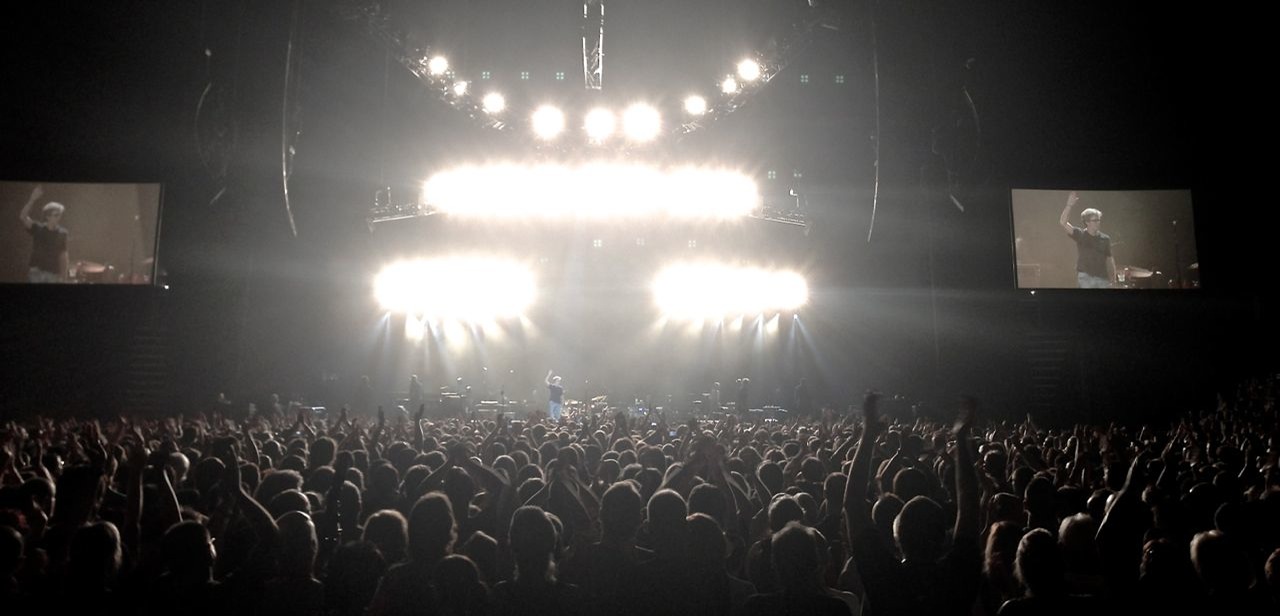Dave Maxwell – Total Video Integration
Posted on June 30, 2014Whether it’s his work for Eric Clapton or a corporate project for a client like Ferrari, there is an unmistakable flow and balance to Dave Maxwell’s designs. LED video displays are not just added to the LD’s lighting design; they’re woven tightly into its very core, reaching us as one stunningly beautiful visual impression. These designs are reflective of Maxwell’s philosophy, which emphasizes the complete integration of video and lighting, to give the LD total control over the finished result.
Maxwell’s results have been impressive indeed, earning him the 2013 Tour Link Top Dog Award as “Video Designer of the Year.” Born in Ireland, Maxwell, who is now based in Chicago, got started in the lighting industry at the age of 18 working for the Supermick Group in London, which was run by the legendary Per Clarke. He’s since gone on to enjoy one of the most distinguished careers in the profession. In addition to his personal friend Clapton, he’s designed for regular client Luis Miguel and everyone from Rod Stewart to Luciano Pavarotti.
Maxwell became one of the earliest lighting designers to embrace LED video technology and has remained at its forefront ever since. He took time out of his busy schedule to talk to us about two of his favorite subjects: the role of LED video in lighting design, and the fortunes of his beloved Liverpool Football Club.
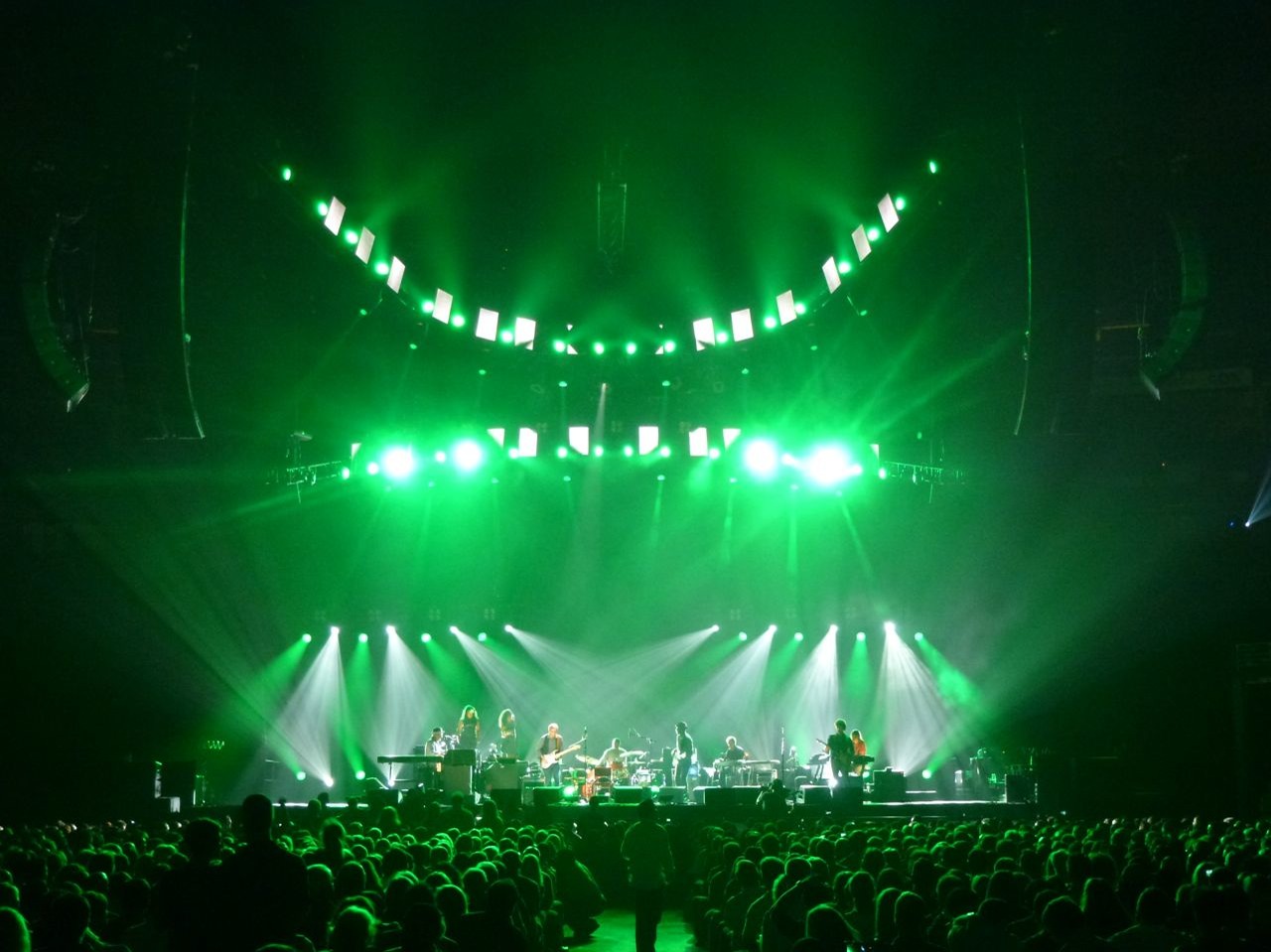
You’re such a master at blending different video elements into your design, but your career obviously predates video, so can you take us back to when you first became aware of LED video panels? Did you know right away they were a perfect fit for you?
“Not really; it took some time for me to find a situation where video fit. I had been involved in video-editing roles for quite some time before I started to use actual video panels for my shows. When I finally started using video panels in their original form, which was quite low resolution, it really was the beginning of a new era in lighting. It opened up so many more possibilities.”
What changes did this new era in lighting bring? Can you tell us about how LED video panels changed the way lighting designers like you approach your work?
“Before video panels became so accessible to lighting designers, it was really a complicated process in trying to integrate overall themes and concepts into the entire show package. There was always a third party involved at the other end, and by that I mean a video person or persons that needed to somehow follow the show.
“When I found myself in a position where I was now able to integrate video totally through lighting, it gave me total control over all aspects of my show design. From a creative perspective, I’ve always found it very challenging to be happy with the work produced by a third party.
“This is not a knock on the third party; it’s a question of one person’s taste and imagination being different from another’s. So having to rely on others so heavily can be frustrating. It probably comes from me being a control freak, but having total control right at the outset from conception through delivery is key for me. Having video panels and control at my fingertips is something I value very much.”
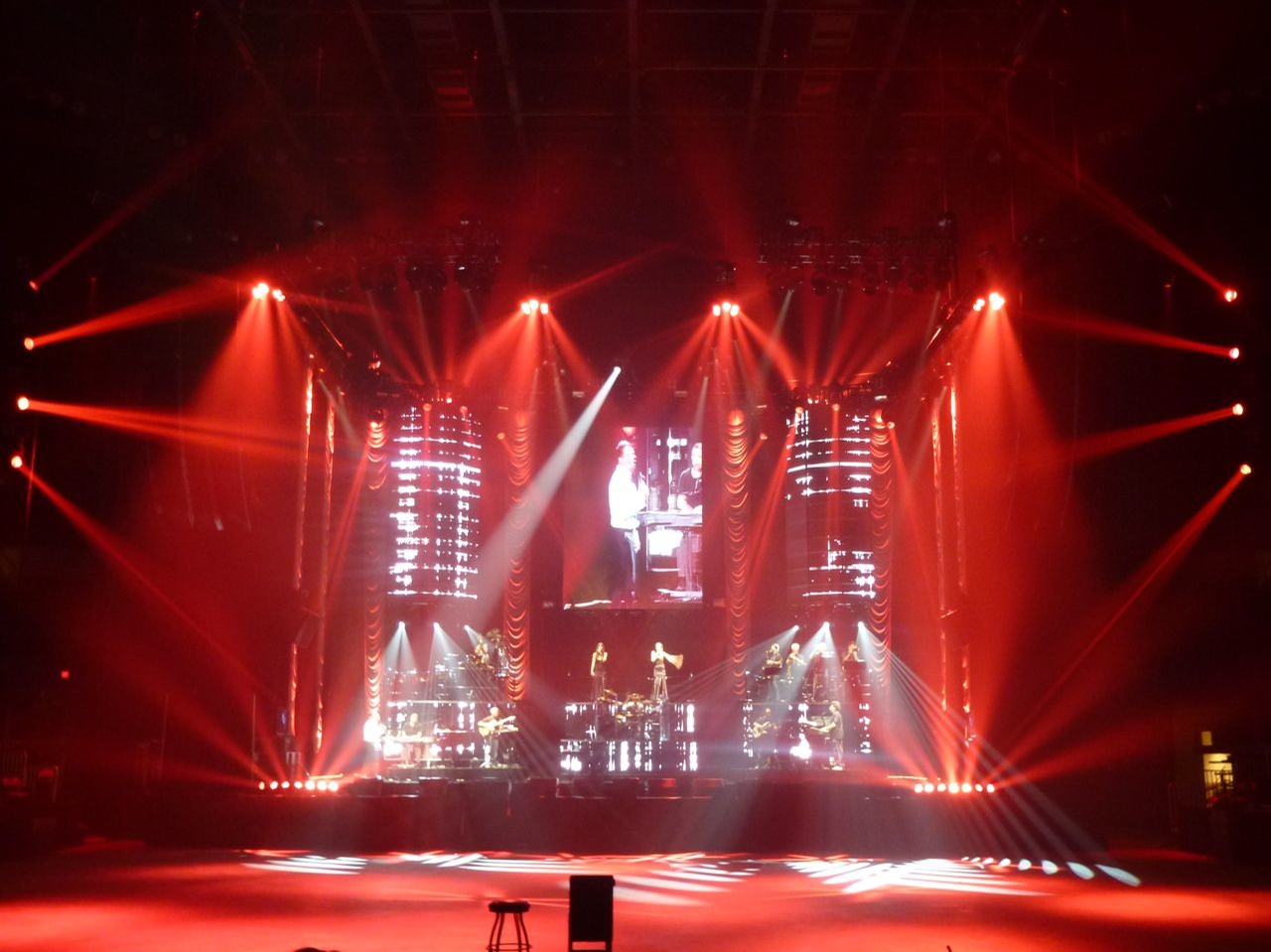
Given what you just said, you probably don’t have much experience in video designer-lighting designer collaboration – right?
“I’ve been lucky enough to have been involved in all aspects of lighting, video and design etc. In most cases certainly over the last 5-10 years, I’ve been given a lot of freedom by clients to express my ideas through all these areas. I’m sure at some point I will be asked to work alongside someone on a project…so I guess I can’t answer that just yet.”
Ok, so now that you have this control at your fingertips, how does the creative process work? Where does it all start for you? We know that you like to sketch things out first as a concept, but is there an element of the design that you always seem to start with?
“Yes, most ideas are sketched from the beginning. We joke about how some drawings are produced, but seriously they begin at some weird situations. Only today I was flying home from the Middle East, it was quite a long flight and after I woke up from one the many sleeps on the flight I thought of something I wanted to add into a film project I’m working on currently. Given I was 12 hours into a 16-hour flight, I knew the idea would come and go, so I literally drew it by sharpie onto one of those little table cloths they give you.
It was a very basic idea on some animation, but will certainly make the final cut!”
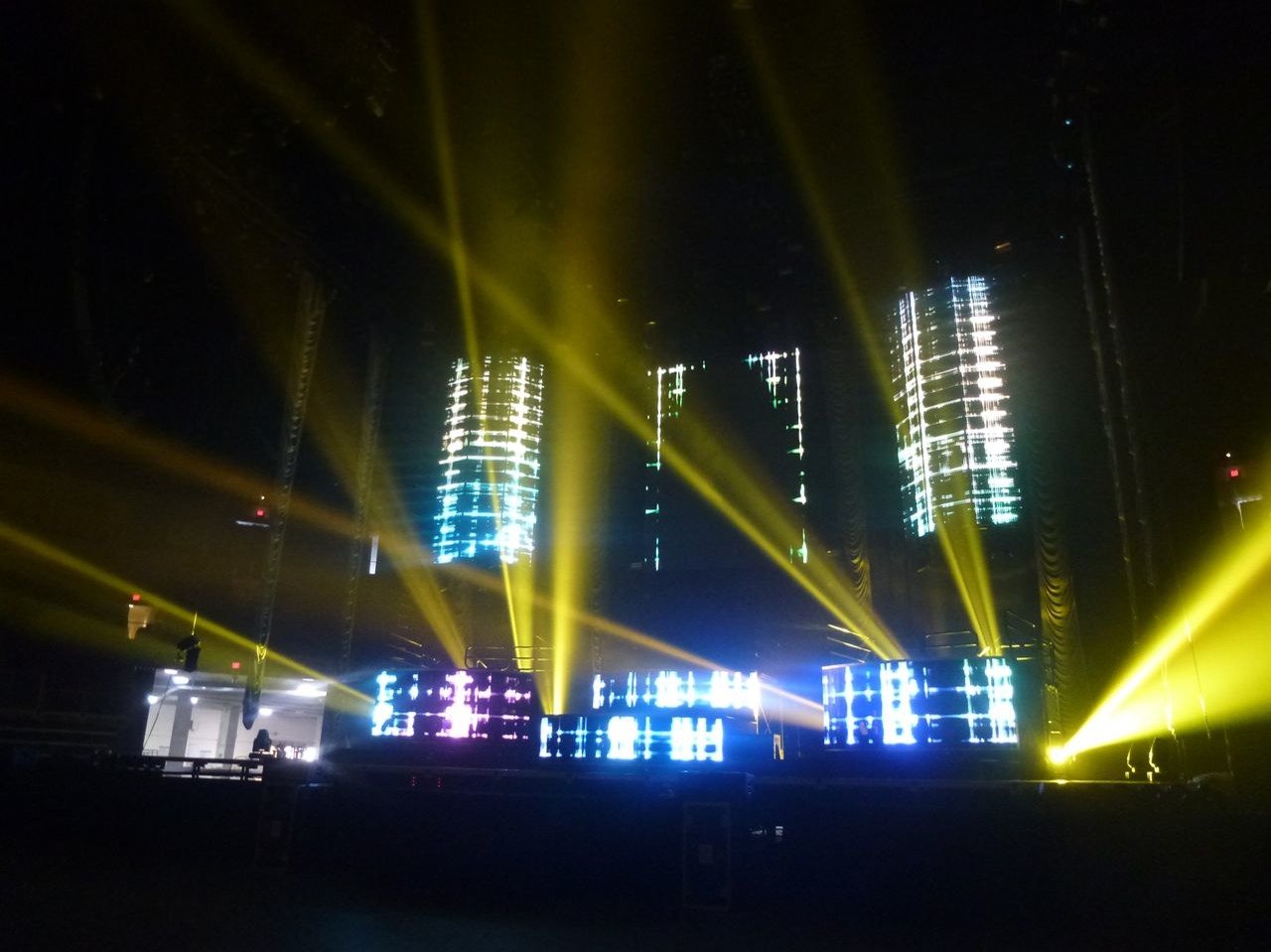
What software do you design in?
“From the lighting side I like to draw in Vectorworks. I have used that application for many, many years, although these days I don’t seem to find time to draw so much CAD. On the video side, which consumes more of my time, I like Apple Motion, After Effects and of course Final Cut”
Is there a difference in what you expect to achieve creatively with video panels as opposed to lighting fixtures? Do you view one as a different type of tool than the other?
“I don’t see any difference between the two at all. They are just as connected to one another as anything else in my design. In my world video panels are simply another lighting tool; but they offer a lot more options creatively.”
Well, do you ever use video panels as a lighting component, such as to saturate the stage with a color?
“Yes absolutely — using video panels for effective abstract light is awesome. I recently used this very format on a film project in Asia, and the effect the video panels gave was really immense. The shadows created by video panels can really change scenes quite dramatically for the HD cameras.”
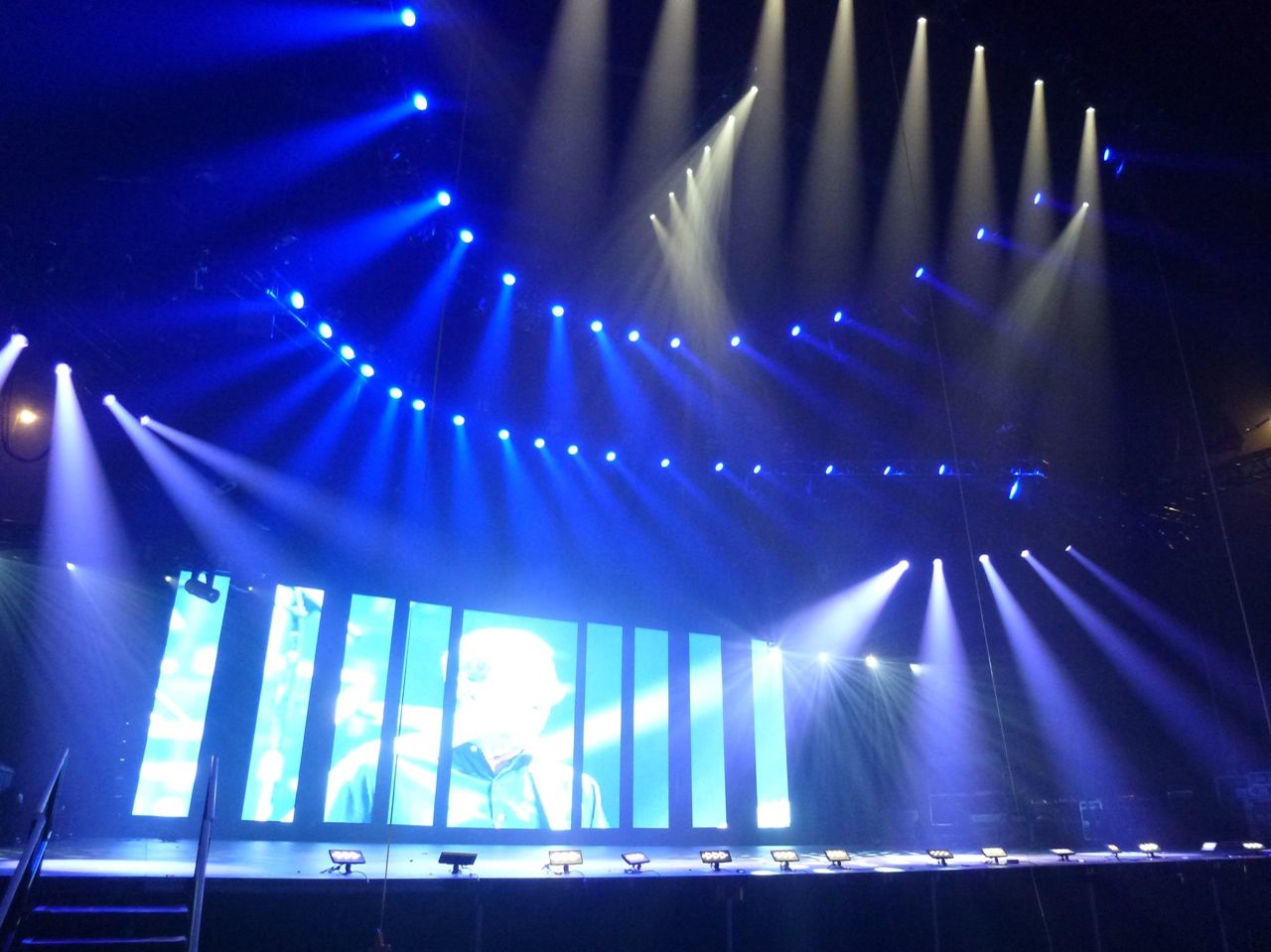
You just mention being struck by the muse on a flight back from the Middle East. Are there any people, places, things or music that has been big creative influences on you?
“I’ve been going to Japan for many years, and it has had a huge influence on me. Japanese animation has been especially influential. I think in extreme cases it can be very over powering, but I like some of the subtle characters in Japanese art.”
Does it change how you design when you use multiple smaller video panels vs. one or two giant panels?
“It mainly changes what content you make. Video graphics can look so drastically different on varying video panel types. Really it’s so important to know your parameters in terms of the specific products you’ll be using in your design – and know this right from the beginning. I’ve transferred some shows for other regions where perhaps certain product types are not available, and the show has looked totally different, simply because the video looks totally different.”
How do you balance video against the intense beams that are often on stage in your designs? Is it always a concern not to have the beams over power the video panels?
“Again that comes down to having access to lighting AND video. In the past when it was two separate departments, there was always a battle, but it’s certainly a lot easier now.”
How long does it take you to program something like an Eric Clapton concert? What’s the biggest challenge when you do this?
“The 2013 show took about four weeks to get a point where I was happy. I like to change things and keep it fresh, but from the beginning at ground zero. I would say it was four weeks until l was at a point where I could be proud of something.”
You’ve done so many great projects do any stand out as favorites? Or as most fun? Or most challenging?
That’s easy…it was the Concert for George back in 2002 I think. It was a film we made and shot at the royal Albert Hall in London; it was a celebration of the late George Harrison’s life that took place a year after his death. The show was produced by Olivia Harrison and had so many stars attending and playing; it was a privilege to be involved.”
Where do you see video technology headed? Is there anything video panels don’t do today that you wish they could?
“It’s hard to say. I get overwhelmed sometimes at the exhibitions simply because there is so much out there -too many almost. I guess that’s good because it keeps the costs down and makes sure so much is available most of the time.”
Are you still a Liverpool FC fan?
Does the pope speak Spanish?? It’s a great time to be a red! We’ve had almost 24 years in the doldrums with only a few scraps to feed form, but looking good now. I just hope it’s not another false dawn. Next season in the Champions League should help.”
